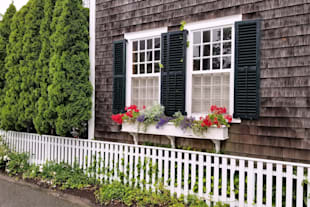The Ultimate Guide to Maintaining Your Sash Windows: Essential Tips for Upkeep
Sash windows are a classic feature of many period properties in the UK, revered for their elegance and historical charm. They consist of one or more movable panels, or ‘sashes’, that form a frame to hold panes of glass, which are often separated by glazing bars. Proper maintenance of these windows is crucial to preserve their functionality and aesthetic appeal. As with all aspects of a heritage property, understanding the specific requirements of sash window care ensures that they continue to provide both beauty and efficiency to a home.
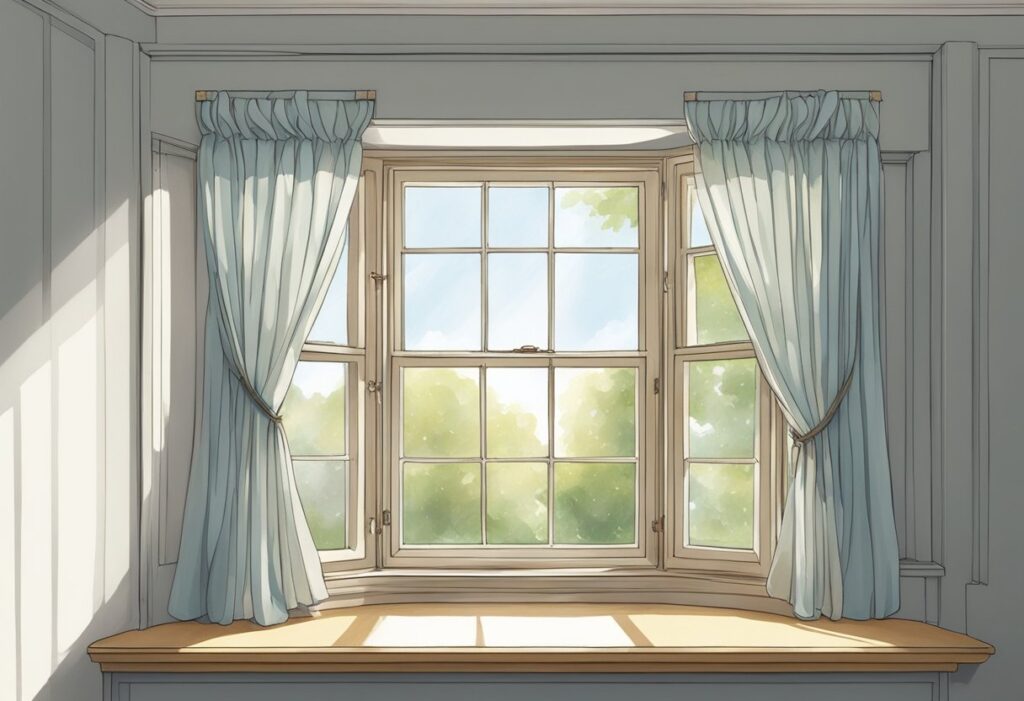
Routine maintenance and timely repairs are key to the longevity of sash windows. Owners must be vigilant about signs of wear and damage, as neglected windows can lead to a host of problems, including draughts, rattling, rot, and diminished security. Regular cleaning, painting, and sealing are part of a comprehensive maintenance routine that protects the wood and the integrity of the window structure. It’s important to recognise the particular needs of these windows, as inappropriate care can lead to damage and potentially expensive restorations.
Identifying and addressing common issues such as wood decay, cracked glass, and faulty hardware can be straightforward with the correct knowledge and techniques. Draft proofing is another crucial aspect of maintaining sash windows, ensuring they remain energy efficient and comfortable throughout the seasons. This guide aims to equip property owners with the necessary information to care for their sash windows effectively, combining practical advice with proven conservation methods.
Understanding Sash Windows
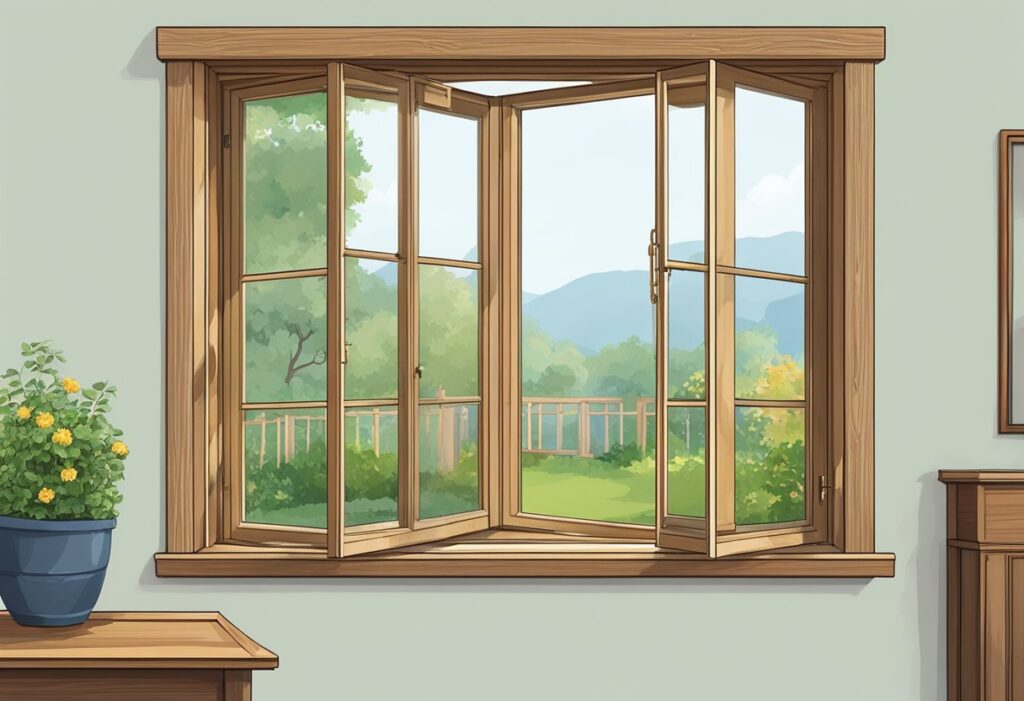
Sash windows are a traditional form of glazing that have adorned homes for centuries. They consist of one or more movable panels, known as sashes, that form a frame to hold panes of glass.
History and Evolution
The sash window design originated in England in the late 17th century. Initially, these windows featured a series of small panes held together by glazing bars due to the limitations of glass manufacturing. As technology advanced, larger panes of glass became feasible, and the iconic six over six-panel design emerged during the Georgian era. By the Victorian period, two over two-panel sash windows gained popularity.
Types and Mechanisms
Sash windows can be classified primarily into two types:
- Single-hung sash windows, where one sash is movable while the other remains fixed,
- Double-hung sash windows, which allow both the upper and lower sashes to move.
They operate on a system of pulleys and weights or spiral balances that counterbalance the sashes, making them easier to open and close.
Significance of Maintenance
Maintenance is crucial to ensure the longevity of sash windows. Regular checks are essential to preserve their functionality and aesthetic appeal. Proper care prevents common issues such as wood decay, sash cord wear, and paint deterioration, which can impair window operation and reduce thermal efficiency.
Maintaining Your Sash Windows
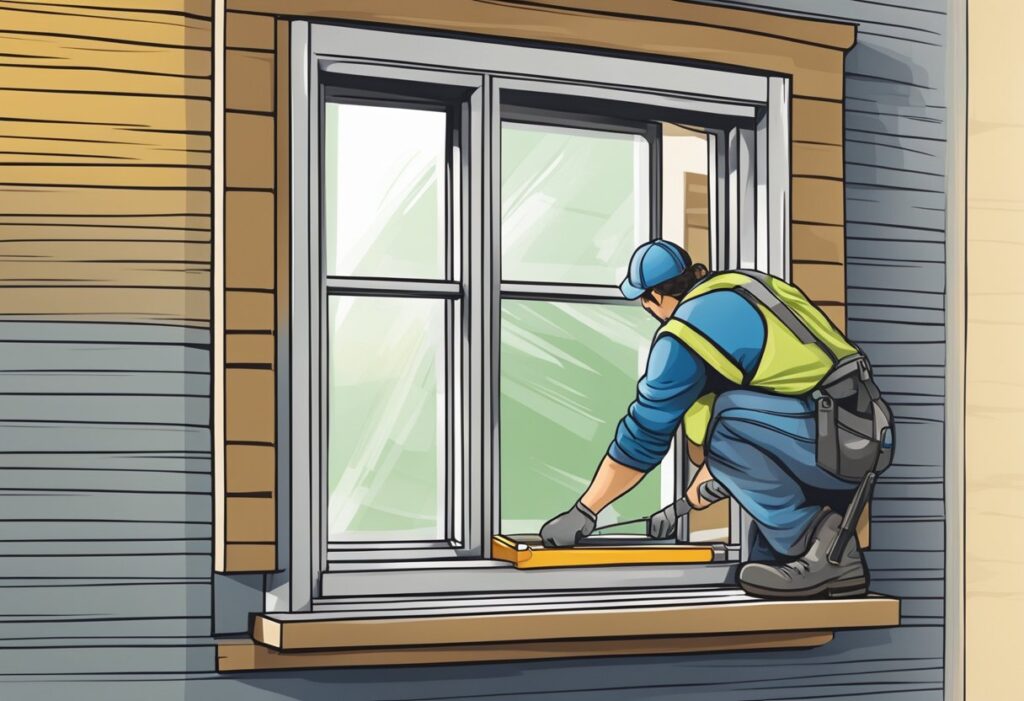
Routine maintenance ensures sash windows operate smoothly and remain in good condition. Regular care prevents common issues such as wood rot, sash cord wear, and draughtiness.
Cleaning Practices
One should clean sash windows at least twice a year to preserve their appearance and functionality. Simple steps include:
- Glass Panes: Wipe with a mixture of warm water and mild detergent. Use a squeegee to leave a streak-free finish.
- Wooden Frames: Clean with soapy water, then rinse and dry thoroughly to prevent water ingress.
- Tracks and Sill: Remove debris and dust that can obstruct the window’s movement with a soft brush.
Weatherproofing Strategies
Proactive weatherproofing preserves window integrity and energy efficiency. Essential tactics consist of:
- Seals and Draught Excluders: Inspect for wear and replace as needed to minimise heat loss.
- Paint and Varnish: Apply every few years to protect the timber from moisture and ultraviolet light.
- Putty and Caulking: Check annually for cracks or gaps, and reapply to ensure a watertight seal.
Sash Cord and Pulley Checks
Cords and pulleys are crucial for smooth operation. Maintenance includes:
- Cord Inspection: Regularly check for fraying or wear and replace if any damage is found.
- Pulley Lubrication: Annually apply a silicone-based lubricant to pulleys to ensure quiet and easy movement.
Common Issues and Troubleshooting
Sash windows are elegant and traditional, but they may develop problems such as sticking, rot, and broken glass. Knowing how to address these issues is vital for maintaining the functionality and aesthetics of your windows.
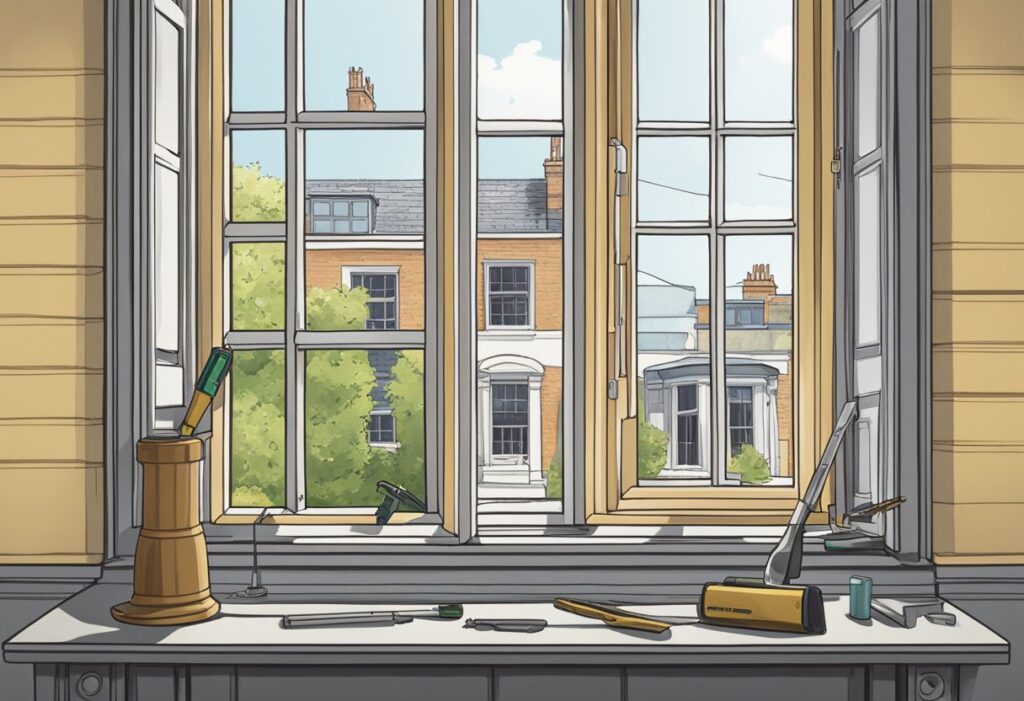
Sticking and Jamming
Sash windows may stick or jam due to paint build-up or swollen wood from moisture. To fix sticking or jamming:
- Assess the problem area: Identify where the window is sticking. Look for paint build-up or areas where the wood might have expanded.
- Sanding: Carefully sand down the problematic area to allow the sash to move freely.
- Lubrication: Apply wax or a specialist lubricant to the tracks to ensure smooth operation.
Rot and Decay
Wooden sash windows can suffer from rot and decay if exposed to moisture for prolonged periods. To tackle rot and decay:
- Initial Inspection: Regularly inspect sashes for soft, discoloured, or crumbly wood, which indicates rot.
- Remove Rot: Carefully remove rotten wood using a chisel or similar tool.
- Epoxy Filler: Apply an epoxy-based wood filler to the affected area, shape accordingly, and sand smooth once it’s set.
Broken Glass Repair
Accidents or wear and tear can lead to broken glass in sash windows. Steps to repair broken glass include:
- Remove Broken Glass: Carefully remove the shards of glass, ensuring to wear gloves and eye protection.
- Prepare the Frame: Clean out the old putty and any remaining glass pieces from the frame.
- Install New Glass: Fit a new pane of glass into the frame, securing it with glazing points, then re-putty the window, and paint as necessary.
Professional Maintenance and Restoration
Regular maintenance and professional restoration are pivotal components in the longevity and performance of sash windows. These services not only preserve the windows’ aesthetic charm but also ensure they function efficiently and securely.
Choosing the Right Service Provider
When selecting a service provider for sash window maintenance, it’s crucial to opt for a company with a solid track record. One should look for professionals who specialise in sash windows and have a portfolio of previous work. Factors such as their membership in trade organisations, customer reviews, and the warranties offered can provide insights into their reliability and the quality of their services.
- Reputation: Check for client testimonials and reviews.
- Accreditation: Look for memberships in trade bodies like The Guild of Master Craftsmen.
- Portfolio: Request before and after photos of past projects.
Full Restoration Services
For sash windows that have considerably deteriorated or have not been maintained for long periods, full restoration services might be required. These services may include replacing rotten wood, repairing damaged sash cords, and fitting new hardware. A full restoration can reinstate the window to its original glory while reinforcing its structural integrity.
- Woodwork Repair: Replacement of decayed timber sections.
- Sash Cord Repair: Ensuring the smooth opening and closing of the windows.
Draught-Proofing and Energy Efficiency
A significant benefit of professional maintenance is the improvement of draught-proofing and energy efficiency. By sealing gaps and installing weather stripping, service providers can dramatically reduce unwanted airflow. This upgrade is not only environmentally friendly but can also lead to a reduction in heating costs.
- Sealing Gaps: Professional sealing of cracks and crevices.
- Weather Stripping: Installation of draught excluders to prevent heat loss.
Preservation and Conservation
The section focuses on the essential practices to ensure the structural integrity and aesthetic value of sash windows are conserved for future generations.
Heritage and Conservation Guidelines
Heritage bodies in the UK set strict guidelines for the preservation of sash windows, particularly in listed buildings and conservation areas. English Heritage and local authorities provide resources and regulations that must be adhered to when maintaining these historical features. They often require:
- Use of traditional materials: The authenticity of materials used in repairs is crucial.
- Consent for changes: Any modification to the window’s appearance or structure may need listed building consent.
Improving Longevity
To improve the longevity of sash windows, one must ensure that they are properly maintained. Regular maintenance includes:
- Painting and Sealing: Protect the timber with high-quality paint, and use a sealant to prevent water ingress.
- Timely Repairs: Address issues like wood rot or broken cords promptly to prevent further damage.
Sustainable Material Use
Promoting sustainability during maintenance is imperative. Choices that reflect this include:
- Eco-friendly Paints: Select paints with low volatile organic compound (VOC) levels.
- Sustainable Timber: Opt for FSC or PEFC certified timber when replacements are necessary, ensuring the wood comes from responsibly managed forests.
